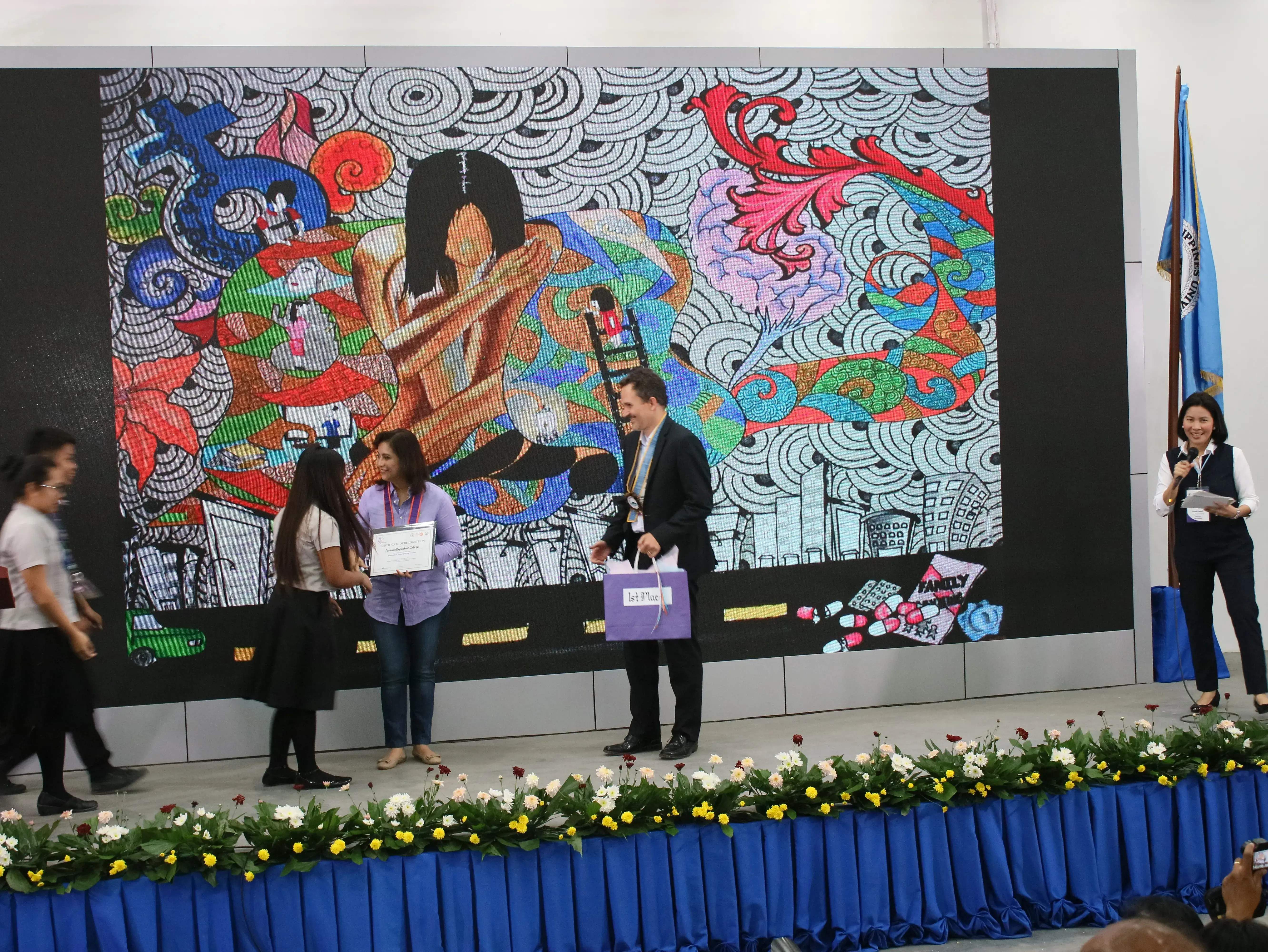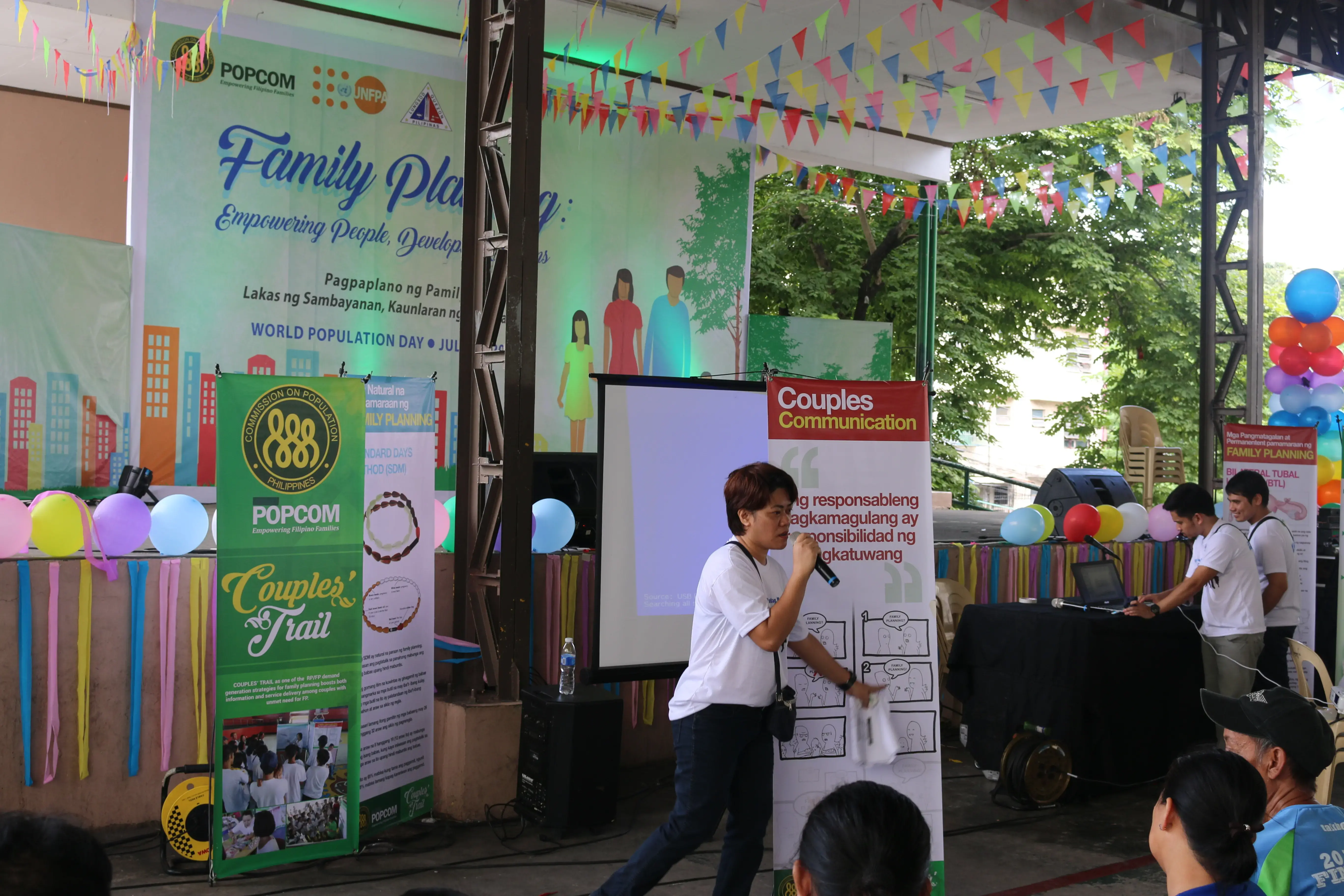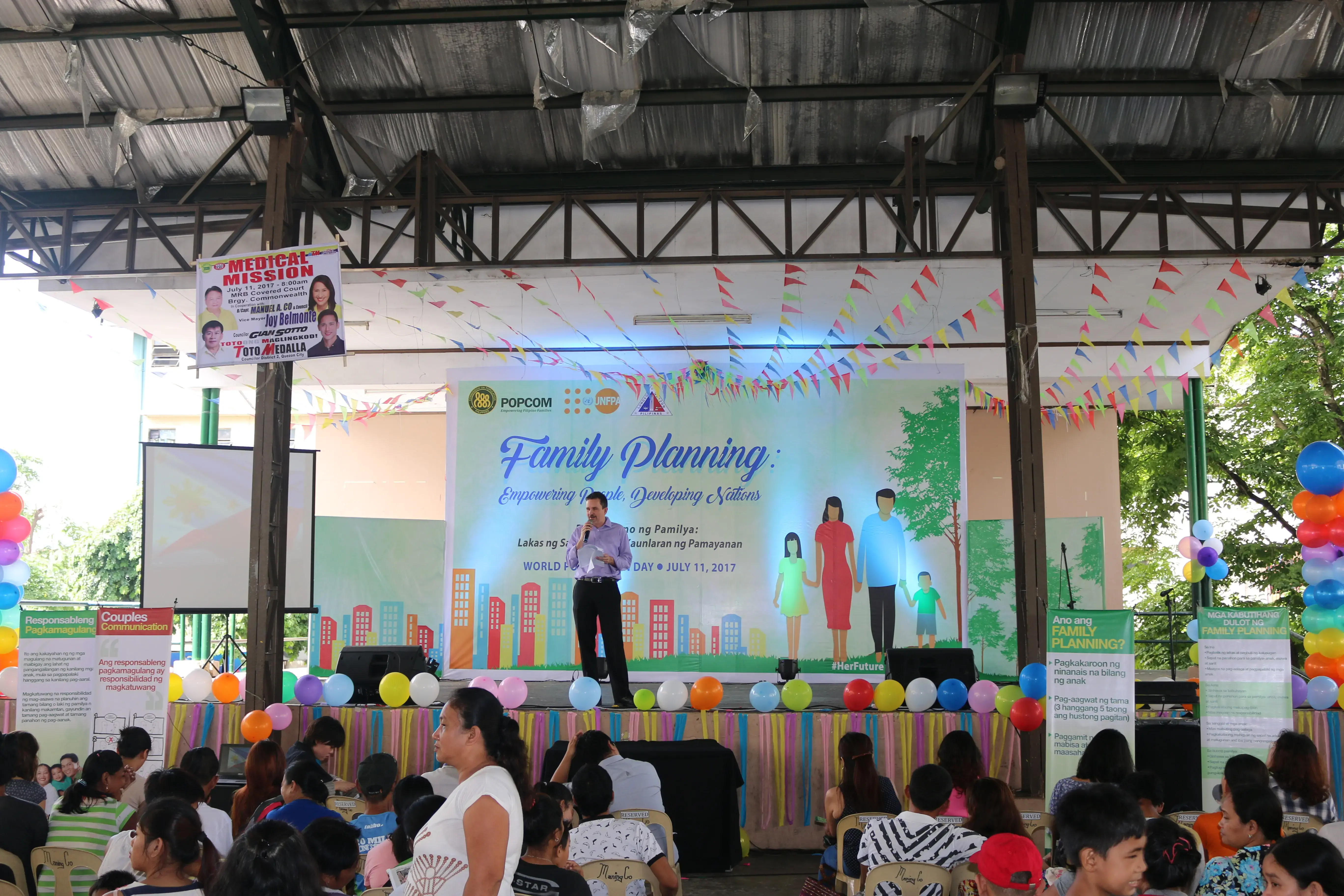Dr. Dollie Prado was recalling local health staff often spent around 4 hours every day in the afternoons just to record patient details and accomplish reports for various health programs. This left mornings only to attend to patient consultations. By the time health officials go home, they were exhausted from long hours spent on tedious manual documentation.
Dr. Dollie started public health work in 1992. She spent six years as Assistant Provincial Health Officer in Nueva Ecija, then went into private practice in 2010. In 2015, She was called back to be the current post of Municipal Health Officer of Talugtug, a 4th class municipality in Nueva Ecija, with a population of some 25,000 spread out in 28 barangays. In her health team are two nurses and six midwives. This means one midwife covers five barangays. “Because of their heavy workload and multi-tasking, midwives are able to submit reports but often lack adequate time to analyze the results and trend to address any service delivery gaps,” Dr. Dollie said.
President Duterte issued Executive Order No. 12 in 2017 for attaining and sustaining “Zero Unmet Need for Modern Family Planning” through the strict implementation of the Responsible Parenthood and Reproductive Health Act. The Government, in November 2019, re-commited itself to “re-doubling” the efforts at the implementation of the national population and family planning program in the Nairobi Summit held to mark the 25th anniversary of the landmark International Conference on Population and Development (ICPD) of 1994. However, the implementation of the family planning programs at the local level has been facing challenges in terms of recording and reporting of data both on the clients who use family planning methods, as well as on tracking of the supply of commodities, as these tasks have been done by manual entry by pen and papers. As a consequence, midwives have observed either stock-outs or excess stocks of supplies.
Taking the burden off the health workers
UNFPA in the Philippines and Department of Health (DOH) have therefore been working closely to develop the “Barcode Track and Trace” program. By simply scanning the barcode of the commodities, this information plus minimum client details are recorded and reported automatically on the mobile and web applications. This saves time on report preparation and allows health workers more time for the delivery of other health services, and thereby becoming more efficient and better stewards of health supplies.
When an invitation to the training on the Barcode Track & Trace system came in September 2019, Dr. Dollie joined her team for a 2 ½ hour session to learn about the use of the mobile application. She discovered that, as soon as her staff uploaded their stocks on hand using the Barcode Track & Trace system, she immediately gets a snapshot of the commodities at all service delivery points, a far cry from the paper-based recording practice. Two months later in November 2019, she also learned about the web application during the monitoring visit by the Barcode Track & Trace training team. After the training, Dr. Dollie realized that, in the past, they did not pay enough attention to the status of the health supplies – pills were overstocked, injectables understocked, and implants were expiring. She also realized that stocks can be reallocated across facilities, if real time data is generated and shared across the board - as made possible by the Barcode Track & Trace system.
Happy, more motivated health workers

“With the Barcode Track & Trace system, reporting is now easy and not time-consuming. I see more smiles on the faces of my staff, no more long afternoons spent on report writing,” said Dr. Dollie. She also appreciates the ‘offline’ mode, which enables data entry even under poor the internet connectivity and submits the data as soon as it gets online, and finds the group chat function also very useful as it also creates a peer-support system among the midwives.
Ms. Noemi, one of the midwives using the Barcode Track and Trace system shared, “Mas naging masipag kami, pagkatapos kausapin ang clients, nagrereport kami agad para di namin makalimutan (We become more diligent, soon after talking to clients, we report the details immediately so we will not forget).” She and her colleagues are happy also because reporting is now faster and their knowledge is improved as a result of the use of the Track and Trace.
Dr. Dollie looks forward to this Barcode Track & Trace system being implemented widely in the country and scaled up. She also thinks that other health programs can also benefit from the same system, as the tool can be programmed to record other commodities and medicine as well. “The greatest thing I have observed on the use of the Barcode Track & Trace system is that I can now view and receive logical reports, not magical reports. The reality, not the guess or wishful fiction.”
***
Currently, the DOH and UNFPA are mobilizing additional funds of 1.2 million US dollars that are needed to scale up the Track and Trace project in 17 regions of the country in the next five years to ensure life-saving and life-changing support for women and girls across the Philippines. For more information as to how you could help, please contact UNFPA at phl.co@unfpa.org or +632 902 9900.




